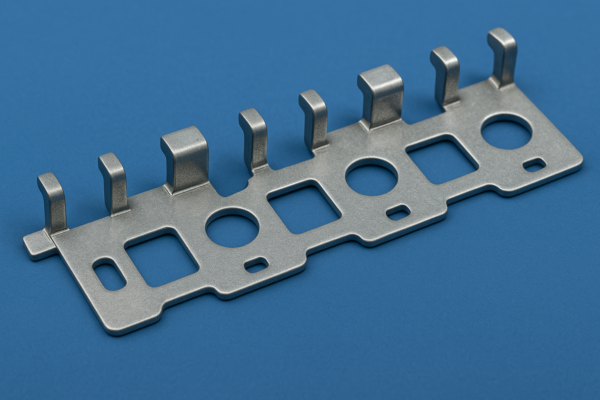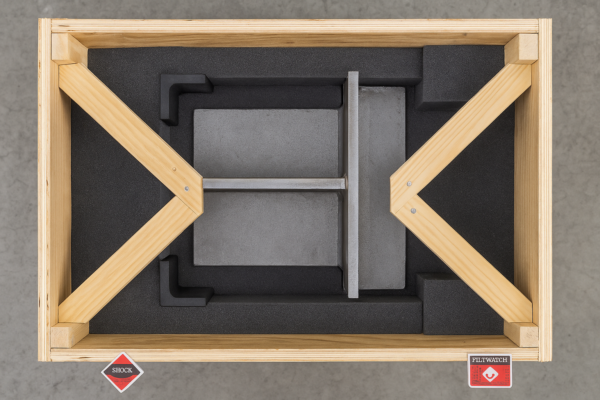What are the 5 parts of a mineral?
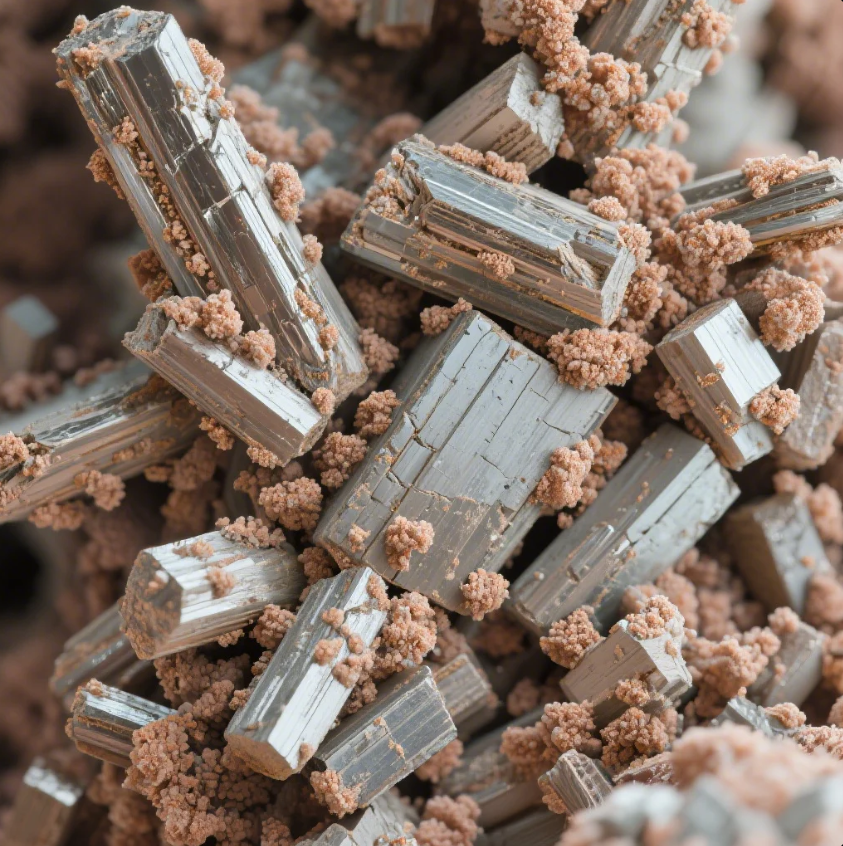
Minerals are the building blocks of the Earth, but understanding what exactly constitutes a mineral can be tricky. Here’s a breakdown of the five essential parts that make up a mineral.
Snippet paragraph: Learn about the key components that define a mineral and how these elements play a role in its formation and classification.
Transition paragraph: Let’s take a deeper look at what these parts are and why they matter.
What are the five components of a mineral?
Minerals are complex structures made of different elements. The five components that make up a mineral are its chemical composition, crystalline structure, physical properties, formation conditions, and classification. Each of these elements plays a crucial role in defining a mineral’s identity.
Snippet paragraph: Explore the five components of a mineral and understand how they interact to create the diverse range of minerals on Earth.
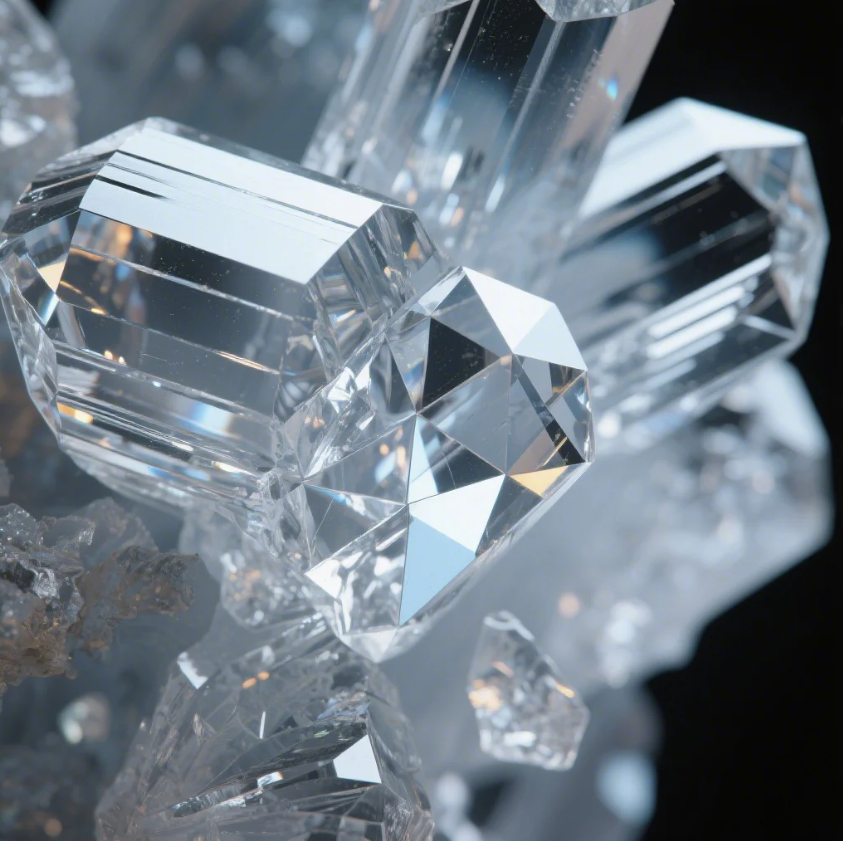
Dive-Deeper paragraph: The first key component is the chemical composition, which refers to the specific elements that make up the mineral. For example, quartz is composed of silicon and oxygen. This chemical composition is essential because it determines the mineral’s properties and behavior. The second component, the crystalline structure, is the arrangement of atoms in a repeating pattern. This structure is what gives minerals their distinct shapes. Minerals like diamond or graphite are made of carbon, but the way the carbon atoms are arranged gives each one unique properties.
Another important component is the physical properties, such as hardness, color, luster, and density. These properties help to distinguish one mineral from another. The conditions in which the mineral forms are also vital. Minerals can form under high pressure, heat, or from cooling magma. Finally, minerals are classified based on their composition and structure. This classification system helps to categorize minerals for easier identification and study.
Table: Key Components of a Mineral
| Component | Description |
|---|---|
| Chemical Composition | The specific elements that make up the mineral |
| Crystalline Structure | The repeating arrangement of atoms |
| Physical Properties | Hardness, color, luster, and density |
| Formation Conditions | The pressure, heat, or cooling processes |
| Classification | The system used to categorize minerals |
What are the 4 parts definition of a mineral?
A mineral can be defined by four main parts: it must be naturally occurring, inorganic, solid, and have a specific chemical structure. These four characteristics are essential for a substance to qualify as a mineral.
Snippet paragraph: A mineral must be naturally occurring, inorganic, solid, and have a defined chemical structure. Let’s break down these criteria.
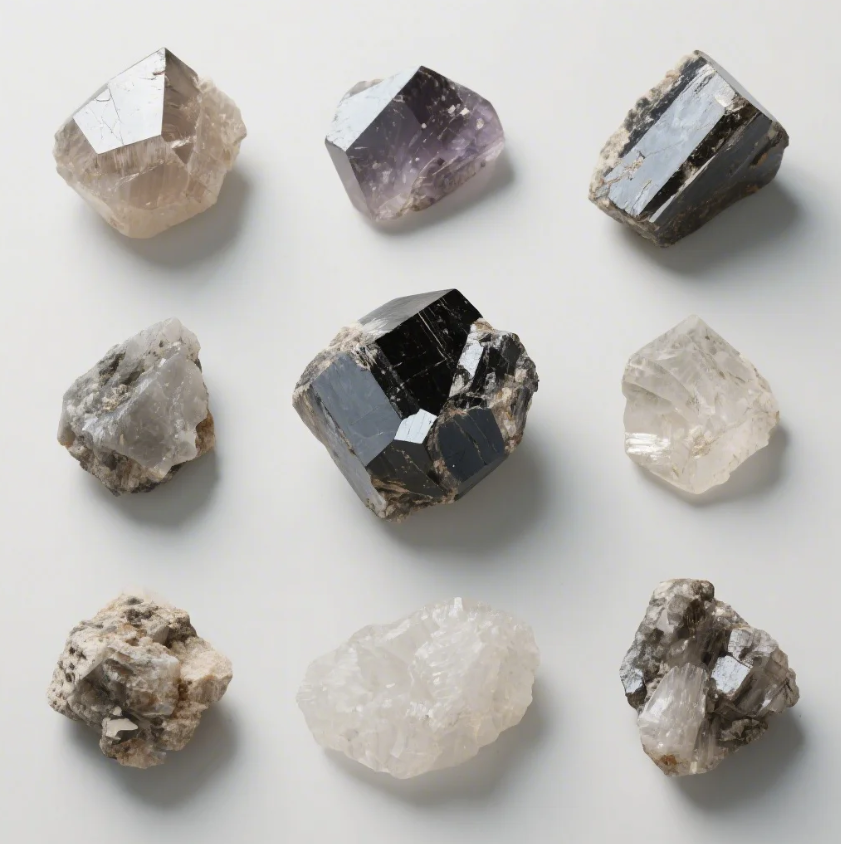
Dive-Deeper paragraph: The first part, natural occurrence, means that the mineral must form without human intervention. Minerals are created through natural geological processes. These processes can take thousands, even millions, of years, which is why minerals are considered to be naturally occurring. The second part is the inorganic nature of minerals. This means that minerals cannot come from living organisms. For example, coal is not a mineral because it is made from the remains of plants. The third characteristic is that minerals are solid at room temperature. This distinguishes them from liquids or gases, which are not considered minerals. Finally, minerals must have a specific chemical structure, meaning the atoms are arranged in an orderly, repeating pattern, which defines the mineral’s properties. This crystallization is key to how the mineral will interact with other substances.
Table: Four Defining Parts of a Mineral
| Part | Definition |
|---|---|
| Naturally Occurring | Forms without human interference |
| Inorganic | Not derived from living organisms |
| Solid | Must be a solid at room temperature |
| Specific Chemical Structure | Atoms arranged in a repeating pattern |
What are the 5 classifications of a mineral?
Minerals are classified into five main categories: silicates, carbonates, oxides, sulfides, and halides. These categories are based on the mineral’s chemical composition.
Snippet paragraph: Discover the five major classifications of minerals and what sets each group apart.
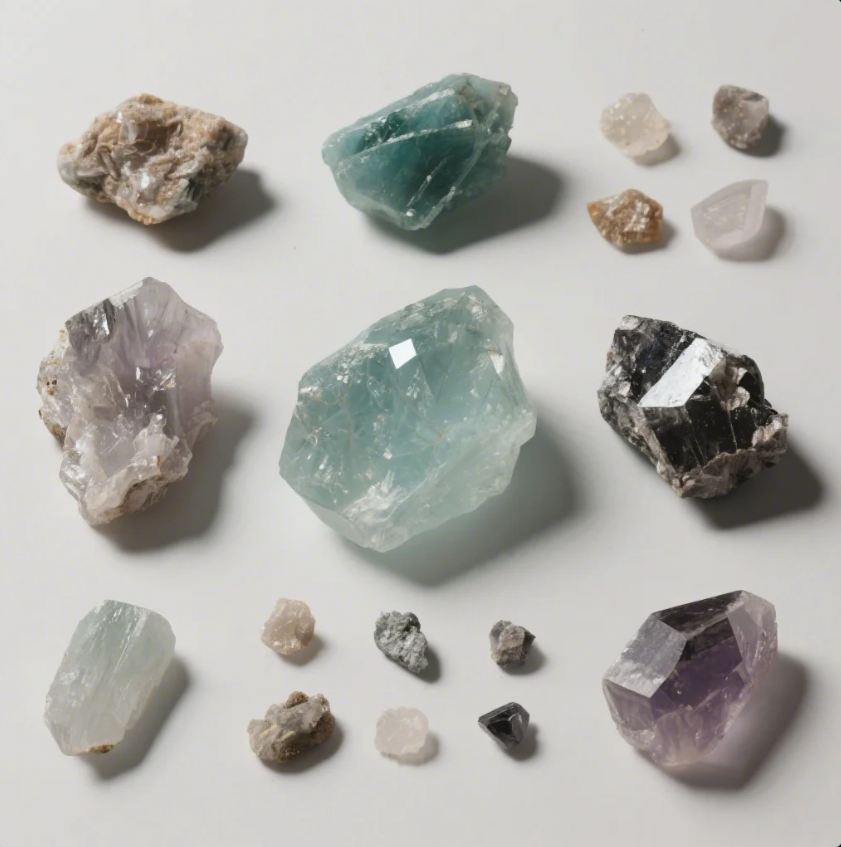
Dive-Deeper paragraph: The first classification, silicates, includes minerals like quartz and feldspar that contain silicon and oxygen. Silicates are the most abundant minerals on Earth, making up more than 90% of the Earth’s crust. These minerals are essential in various industrial applications. Carbonates, such as calcite, are minerals that contain carbonate ions. These minerals often form in aquatic environments and play a significant role in the carbon cycle. Oxides are minerals like hematite, which contain oxygen and metal elements. These minerals are vital as ore sources for various metals like iron and aluminum. Sulfides are minerals like pyrite that contain sulfur. Sulfide minerals are important in the extraction of metals, including copper and zinc. Finally, halides, such as halite, contain halogen elements like chlorine or fluorine. These minerals are often salts and are used in a wide range of industrial processes.
Table: Five Classifications of Minerals
| Classification | Example | Chemical Group |
|---|---|---|
| Silicates | Quartz | Silicon + Oxygen |
| Carbonates | Calcite | Carbonate Ions |
| Oxides | Hematite | Oxygen + Metal |
| Sulfides | Pyrite | Sulfur |
| Halides | Halite | Halogen Elements |
What is the composition of a mineral?
The composition of a mineral refers to the specific chemical elements that make up the mineral. The composition directly impacts the properties of the mineral, such as its hardness, color, and melting point.
Snippet paragraph: The composition of a mineral is key to understanding its properties and behavior in nature.
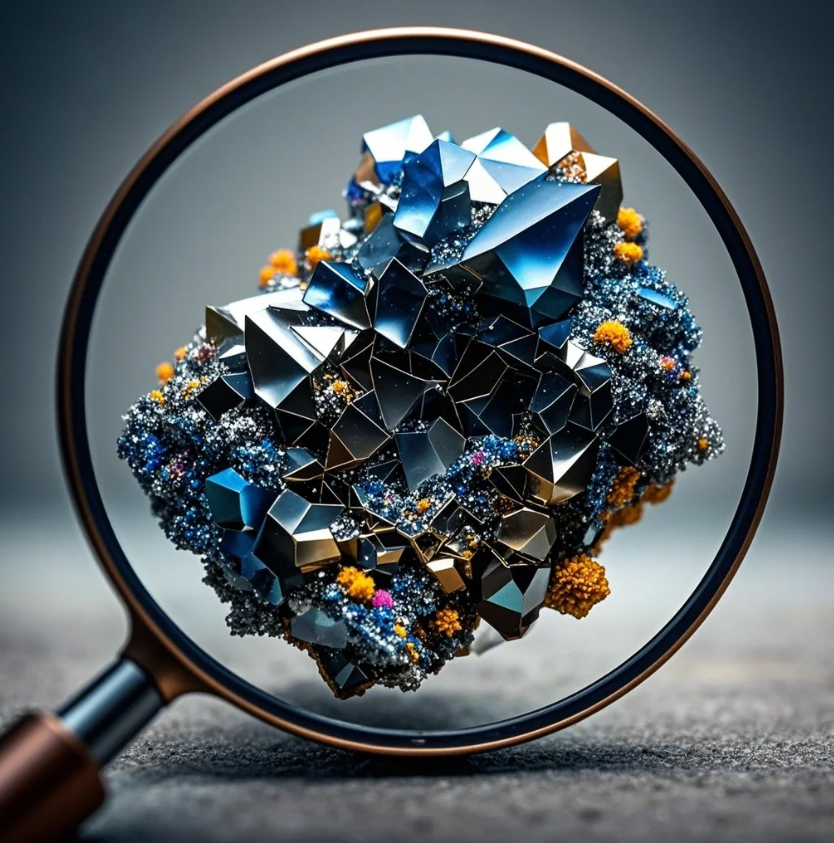
Dive-Deeper paragraph: The chemical composition of a mineral includes the types of atoms it contains and how they are arranged. For instance, in the mineral olivine, the composition is primarily made up of magnesium and iron. The ratio of these elements, as well as how they bond with oxygen, determines the mineral’s physical properties. Different compositions result in different minerals, even if they appear similar at first glance. By understanding a mineral’s composition, geologists can predict its behavior, such as how it reacts with other substances or how it will perform under different environmental conditions. Minerals with similar chemical compositions may behave differently depending on their crystalline structure. For example, graphite and diamond are both made entirely of carbon, but their different atomic arrangements give them vastly different properties, such as hardness and transparency.
Table: Mineral Composition and Properties
| Mineral | Composition | Key Properties |
|---|---|---|
| Olivine | Magnesium + Iron + Oxygen | Green color, high hardness |
| Quartz | Silicon + Oxygen | Hardness of 7, transparent |
| Calcite | Calcium + Carbon + Oxygen | Reacts with acid, translucent |
Conclusion
Understanding the parts, classification, and composition of minerals helps in identifying and studying the diverse minerals found in the Earth’s crust. By examining these components, geologists and industries can better predict how minerals will perform in various applications, whether in construction, manufacturing, or research. For businesses seeking high-quality mineral products or custom solutions, exploring these aspects ensures a better understanding of the material you’re working with. If you’re interested in sourcing minerals for industrial use, contacting a reliable supplier with expertise in mineral classification and composition is essential. With decades of experience in sourcing and processing, Shandong Prime International Trade Co., Ltd. can provide you with premium, customizable mineral products tailored to your business needs.



